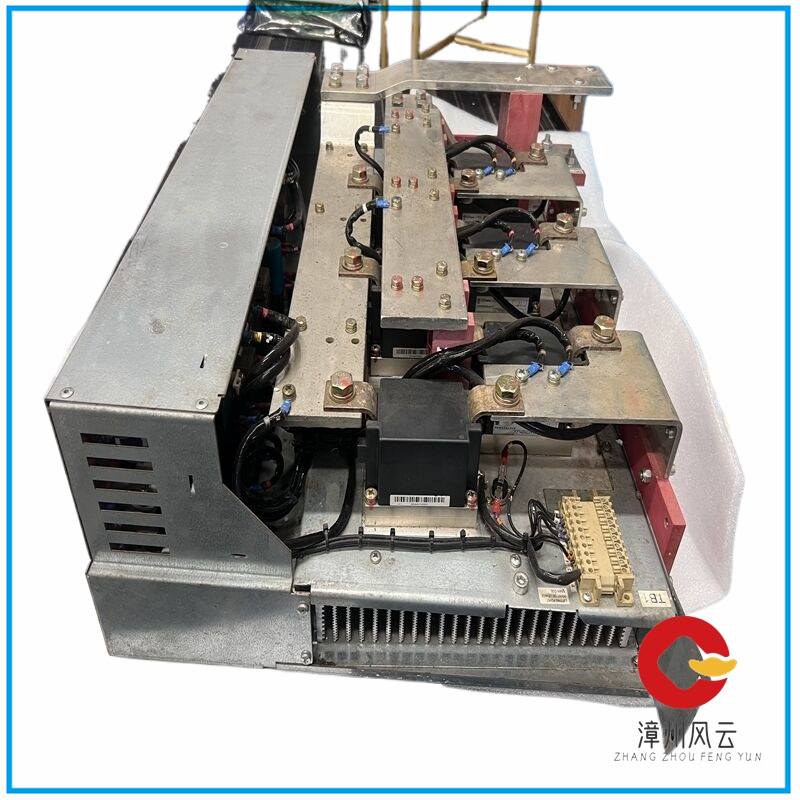With the widespread application of DCS in important industries such as thermal power plants, chemical industry, and boilers, its dominant position in the safe and stable operation of units has become increasingly prominent. Due to various factors such as the reliability of DCS equipment software and hardware, the completeness and rationality of control logic, and the maintenance and repair level of thermal personnel, the occurrence of unit false tripping incidents still occurs. Therefore, effective troubleshooting is an important task to ensure production.

The main tasks for troubleshooting DCS systems include:
(1) Fully anticipate various accidents, including DPU (CPU) crashes and network communication crashes, develop emergency plans, and carry out work according to the plans in case of abnormalities.
(2) Handle DCS faults according to the manufacturer’s requirements. Before replacement, confirm that the card module model, address, jumper, etc. are consistent with the replaced card, and strictly follow the online replacement procedure.
(3) Troubleshooting should avoid rush repairs and take mandatory and isolation measures for DCS. Analysis and judgment should be made based on the self diagnostic alarms and fault phenomena of the DCS system, and the maintenance results should be verified by eliminating the alarms.
(4) If there is a large-scale hardware failure, unclear cause, or failure beyond the technical level of maintenance personnel, in addition to emergency replacement of spare parts, timely contact with the manufacturer should be made, and DCS technical support should be provided to further confirm and eliminate the fault.